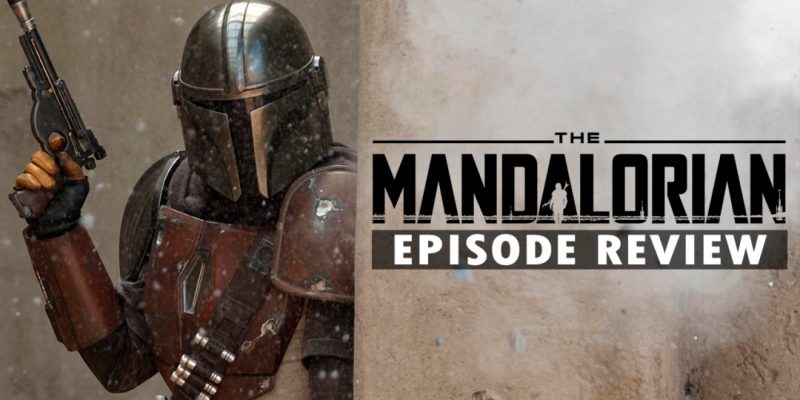This review contains spoilers for The Mandalorian, “Chapter 2: The Child.”
Now that Disney+ has been out less than a week, and after racking up 10 million subscribers in just one day, the streaming service has now entered into a period of releasing new episodes in most of their shows on a weekly basis. The Mandalorian is no different, with a new episode releasing only a few days after the premiere. In that time, I began to think about why the premiere made me feel so indifferent towards the series, and I worried that the rest of the series would be a mix of deep continuity references supporting a barebones story. Thankfully, I can say that not only did the second episode, “The Child,” calm my fears, but it turned out to be an outright excellent episode of television.
The first thing that stood out to me about this episode was its runtime. Not including the credits, “The Child” lasts only about 29 minutes. Despite that, it told a tight and well thought out story with little-to-no fluff. Every piece felt essential. After years of Netflix Bloat and watching shows like Jessica Jones feel stretched out to meet a 13-hour long episode quota, the shorter runtimes may indicate that Disney is pushing quality over quantity with The Mandalorian.
This episode once again has a simple plot, but that simplicity may actually be the show’s greatest strength. I was complaining only a few short days ago that The Mandalorian needed substance, and “The Child” delivered substance in very subtle and smart ways. After securing the Child for the Client, it’s now up to the Mandalorian to bring him back to collect the reward, though that’s easier said than done. The Mandalorian is attacked by Raiders, his ship is stripped for parts by Jawas, and the only way to get those parts back is to collect an egg from a dangerous creature that could easily kill the Mandalorian.

Like the premiere, there’s hardly any dialogue in this episode, but unlike how “Chapter 1” tried to cram in as many references as possible to the Expanded Universe, the dialogue here is sharp and effective. The Mandalorian talks mostly with Kuiil, the moisture farmer from the premiere, and in only a few lines of dialogue they’re able to develop a mutual sign of respect. After the Mandalorian recovers his parts and rebuilds his ship with Kuiil’s help, he offers him to join him on his ship for a handsome salary. Kuiil thanks him but refuses, stating that he had to work for a long time to be free of servitude. That alone tells us far more about Kuiil’s past and the respect he shows towards the Mandalorian that a weaker show wouldn’t have been able to pull off.
Kuiil wasn’t the only character that benefited from some well-deserved character development. Now that we know the target the Mandalorian was searching for is a baby of the same species as Yoda, we’re slowly beginning to see the Mandalorian bond with the Child. Whether it’s comical moments like the Child devouring a frog in one bite or the Mandalorian checking up on the Child in his ship after leaving the planet, the two of them are starting to develop a bond not dissimilar from a father and his son, which should complicate things as the show progresses.
And then there’s the Force.

I can’t say it was surprising seeing the Child use the Force, but I didn’t expect it to be as subdued as it was in classic Star Wars. For the past decade, I feel that audiences have gotten use to the Force doing extraordinary feats that at best are ridiculous and at worst function as magic plot convenience. Whether it’s destroying a Star Destroyer in The Force Unleashed or Luke Force projecting himself across the universe in The Last Jedi, what was once something that was incredibly difficult to do could now be done without so much as breaking a sweat.
But the Child isn’t a Jedi Master. When the Child uses the Force to stop the beast from killing the Mandalorian, he’s only able to make him float a few feet off the ground for a few seconds. It feels more in line with how the original trilogy utilized the Force. In fact, a lot of “The Child” feels like a callback to classic Star Wars. Whether it be from the Jawas to the transitions, I kept thinking to myself that this feels like a style of Star Wars that I haven’t seen in a while. No grand spectacle or a soundtrack that tells the audience how they should feel in a scene. Just a back-to-basics approach for the franchise.
If this is the direction that the series wants to go in, it’s a direction I can easily get behind. The focus on showing the audience key moments over explaining them delivers wonders for the pacing of the show, giving “The Child” a tightness that I wish other shows had. With the Mandalorian now ready to travel back to the Client to deliver him the Child, I’m cautiously optimistic that the show can keep the high level of quality that it established in this brief, yet wonderful, episode.
